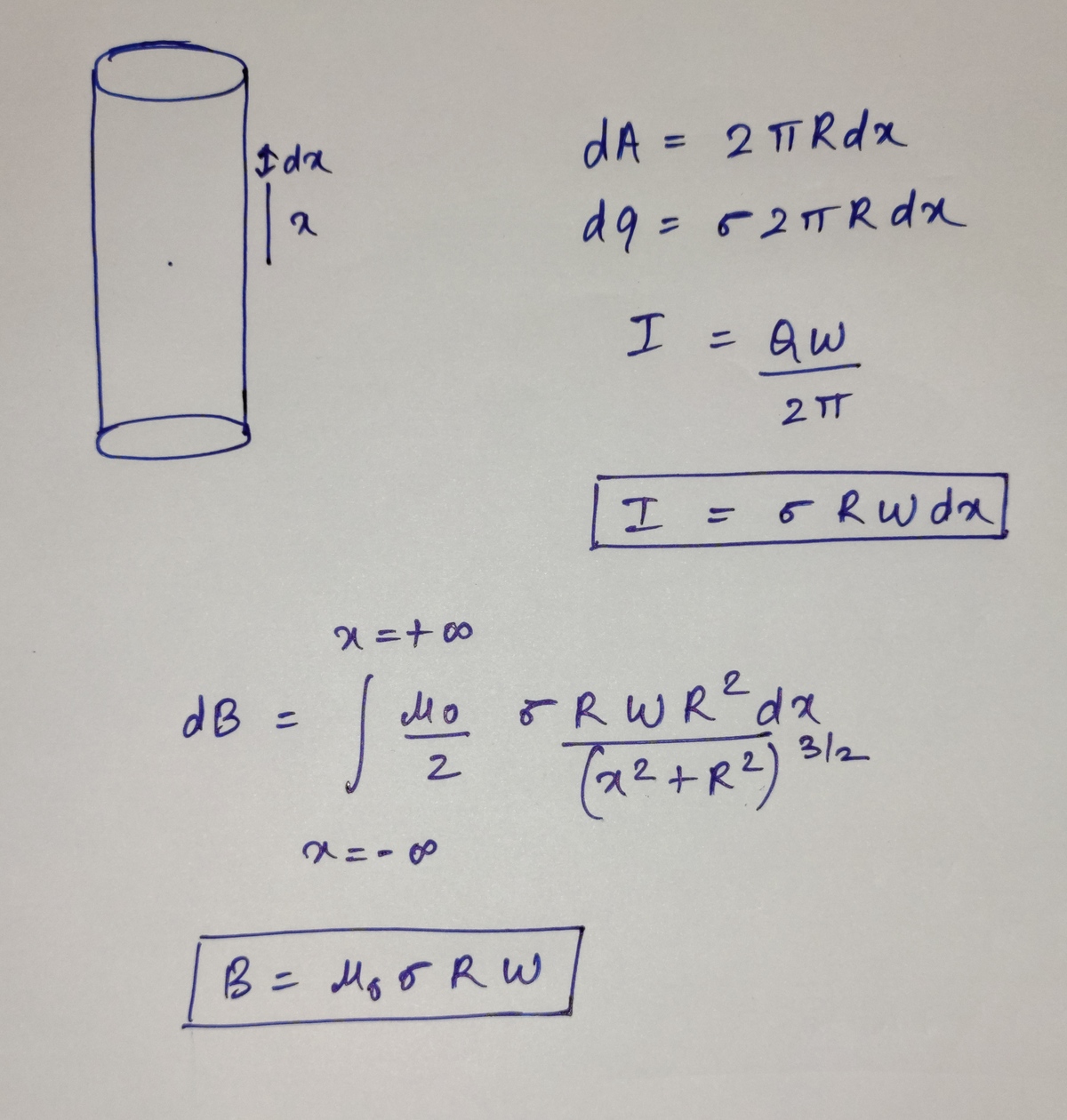Stucking in a Magnetism problem
Here is the problem taken from Pathfinder Physics Book

Here is my attempt

I have calculated magnetic field at that ring, now how to proceed?
Should I use the concept generating electric field due to changing of magnetic field.
Please help, Thanks in advance.
No vote yet
1 vote
Easy Math Editor
This discussion board is a place to discuss our Daily Challenges and the math and science related to those challenges. Explanations are more than just a solution — they should explain the steps and thinking strategies that you used to obtain the solution. Comments should further the discussion of math and science.
When posting on Brilliant:
*italics*or_italics_**bold**or__bold__paragraph 1
paragraph 2
[example link](https://brilliant.org)> This is a quote# I indented these lines # 4 spaces, and now they show # up as a code block. print "hello world"\(...\)or\[...\]to ensure proper formatting.2 \times 32^{34}a_{i-1}\frac{2}{3}\sqrt{2}\sum_{i=1}^3\sin \theta\boxed{123}Comments
@Steven Chase @Karan Chatrath
WTF, why I am not able to mention names? This bug should be fixed.
Yes, I think you need to apply the concept of an induced electric field. It is the resulting electric field that will cause the ring to rotate.
Log in to reply
@Karan Chatrath ....
@Karan Chatrath sir the magnetic field is getting constant after dt time?
I don't think it will help?
What do you think , this is the main concept E=−2RdtdB
The magnetic field which I have obtained above is B=μ0σRω
And it is constant
Log in to reply
Okay, I will try to work it out by myself in some time. Let me give this a thought.
Log in to reply
@Karan Chatrath I have a special problem in this types of problems.
Jaise maine is type ke question ka solution dekh lia maan lo kahi se (but iska solution internet pe available nhi hai) , to mujhe ye samajh aa jaayega, but jab mai khud se solve karne jaauga to nhi hoga.
Even start bhi nhi hoga, please help me how to start this??
Log in to reply
Startt by calculating all forces on the particle and applying Newton's second law
Log in to reply
@Karan Chatrath ha ha ha nhi ho rha sir, difficulty aa rhi?
The problem is that magnetics field se particle rotate karega, phir vaha pe drag lagega, bahut confusion ho rha,
Bas start kaise karu ye bata dijiye please
Log in to reply
Newton's second law:
ma=q(v×B)−kv
You will get two equations for accelerations along X and Y. Solve those differential equations. The equations will be linear so you can solve for an exact solution.
Log in to reply
@Karan Chatrath Thank You SO MUCH